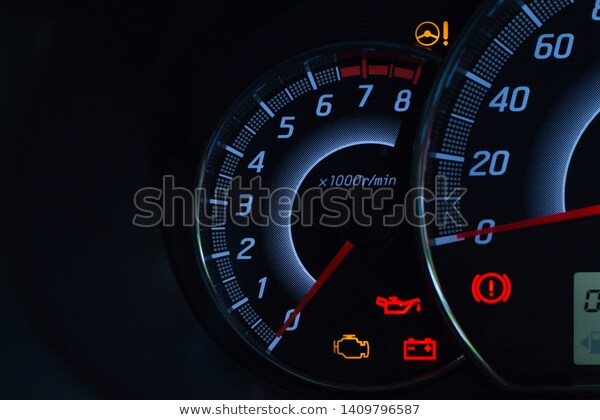A SURVEY OF 1000 British motorists (and sure to yield similar results if held in Australia) has highlighted a worrying lack of knowledge when it comes to car maintenance, warning lights and habits.
The survey showed that many motorists have no idea how to perform even the most basic car maintenance tasks and reveals wide differences in knowledge depending on age and gender.
The study found 63 percent don’t know what a brake warning light symbol means. As if this finding isn’t concerning enough, 4.2 percent actually thought the symbol meant “push the foot brake” – at least then they’d know that there was a brake problem! Another 6.5 percent thought the symbol meant that they should restart the engine and 17.4 percent thought it was prompting them to top up the oil. For 1.3 percent of really stupid motorists, they believed it meant “continue your journey as normal”.
In a sign of the times, one in four motorists were not sure how to check the engine oil level, nearly half (45 percent) didn’t know how to check their tyre tread depth.
Based on age, 18-24-year-olds are the least likely age group to know their recommended tyre pressure (30 percent) and the least likely to know how to check the oil level (60 percent). By contrast, those aged 55 and over are the most likely, with 50 percent knowing the recommended tyre pressure and 83 percent knowing how to check the oil.
Men get their cars serviced more often than women (once every 1.36 years as against once every 1.47 years) but check their tyre pressures less often. They are also more likely to know how to check tyre tread and oil level.
Have a chat to any service centre or advanced driving school and you’ll learn that these responses are at least as probable in Australia, with motorists showing a woeful lack of knowledge about their cars, their driving habits and the technology available to them. Even worse, most of them not only don’t know, they don’t care that they don’t know.
